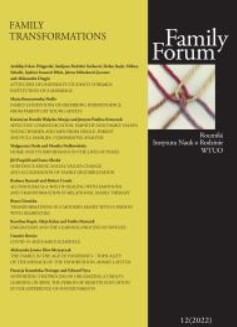The necessity to reexamine the definition of the human embryo adopted by the CJEU. Letters to the Editor
The necessity to reexamine the definition of the human embryo adopted by the CJEU. Letters to the Editor
Author(s): Piotr Rieske, Błażej KmieciakSubject(s): Health and medicine and law, Demography and human biology
Published by: Uniwersytet Opolski
Keywords: human embryo; Bioethics;
Summary/Abstract: In 2022, several publications have appeared which require legal and ethical reflection. These are the works of Sheng Ding, Magdalena Żernicka Goetz, Jacob Hann, and Vincent Pasque. They concern two methods of obtaining mammalian embryos without the use of an ovum. One is reprogramming, „going back” to the state of totipotency (zygote). The second one is self-organization into the organism of cells from which it seemed, until 2022, that any cells of the organism could arise, but not the organism or the teratoma. In the second case, the embryos have reached the stage that previously required implantation into the uterus. We propose to reconsider the CJEU embryo definition in an attempt to avoid the instrumental use of human embryos because the current definition is likely to be used for that purpose , especially by means of the article presented by the Sheng Ding team. The authors of this letter (biotechnologist and bioethicist) have doubts concerning the legal status of human embryos, which can probably be obtained after using the data from these publications (1–4). These doubts result from the fact that the reports that are currently reaching the world of science in connection with the above-mentioned research, demonstrate that it is theoretically possible to create human embryos that will not be properly protected by law. The most controversial studies have been conducted on animals. Nonetheless, the project to commence the production of human embryos, for the purpose of using them as 3D-printing organs (albo 3D-printed organs) has already been established (5). The CJEU in the Oliver Brüstle v. Greenpeace eV. case defined the human embryo as follows: “A human embryo is any egg cell, from its fertilization stage onwards, any unfertilized egg cell into which a nucleus derived from a mature human cell has been implanted, and any unfertilized human egg cell that has been stimulated to divide and further develop through parthenogenesis” (6).
Journal: Family Forum
- Issue Year: 2022
- Issue No: 12
- Page Range: 353-356
- Page Count: 4
- Language: English

